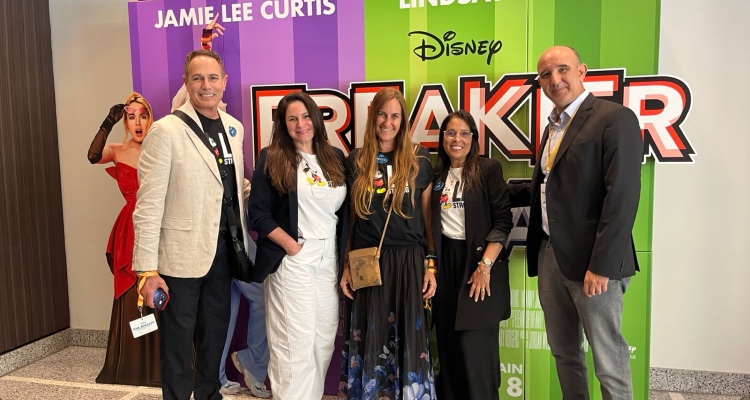Gunnarson stressed that the TV and video industry faces challenges that need to be solved in the coming decades. This includes rethinking business models, distribution, and financing.

‘Despite initial enthusiasm, the DTC model, popularized by services such as Disney+ and Apple TV+, has failed to meet expectations for growth and profitability, leading to investor hesitation and delays in expansion and production.
‘All the major streamers have adopted hybrid models with more affordable but ad-supported subscription levels. This is already the norm in key markets and is expected to grow significantly to balance subscription and advertising revenues.’
Gunnarson predicts a return to bundles, similar to cable TV, but adapted to the digital environment. This is intended to address the current fragmentation of the market.
By 2024, advertising will account for 60% of video revenues, including traditional TV, gaming and streaming. A greater shift towards advertising models is expected, especially streaming, as it is more cost-effective and flexible. The US leads in advertising spend, with 46% of the global market. In China, on the other hand, online TV advertising is already outpacing traditional TV advertising, setting a global trend’.
Gunnarson anticipates that, by 2025, there will be a reduction in global services from 6,200 to around 5,500, with a few players dominating. Models such as Amazon Channels or Apple TV+, which allow access to multiple services in one place, are gaining popularity. This could address consumer frustration with content fragmentation.
‘Instead of expanding globally, platforms like Disney+ and Max are prioritizing specific markets and local partnerships. This shift marks the end of the expansive US strategy in streaming.’
‘Services like Disney+ and Max are experimenting with live streaming of sporting events, anticipating growth in this sector.
Users tend to cancel and switch services frequently, reflecting low loyalty. Households currently have between two and four subscriptions, but hybrid bundles aim to encourage retention. Lack of integration between platforms remains a problem. The solution could be a system that centralizes all services, similar to cable TV.
‘In the medium term, services are experimenting with pricing to balance subscribers and advertising. This is expected to mature into standardization in the coming years. Factors such as inflation and recession could increase consumer tolerance for ad-supported models’.







